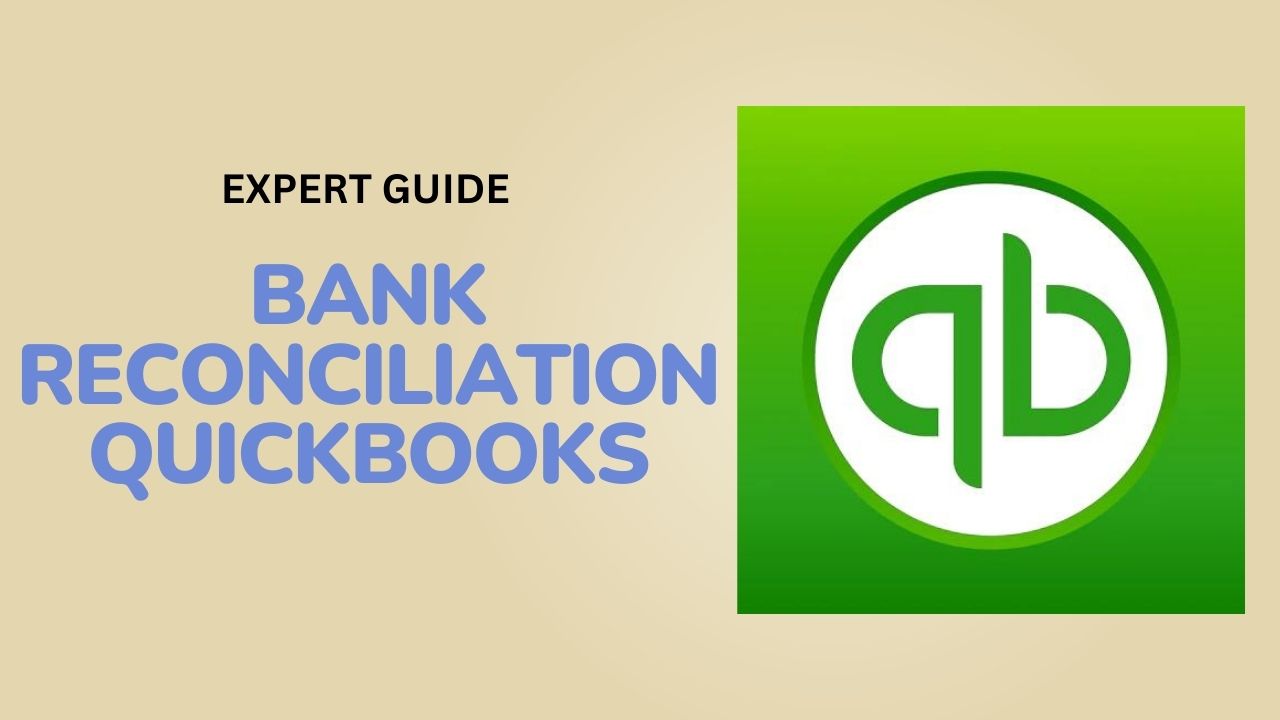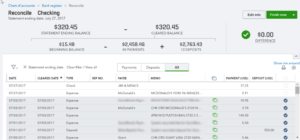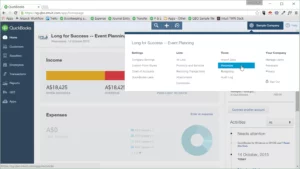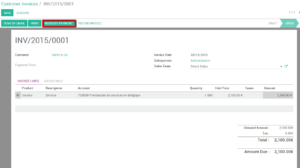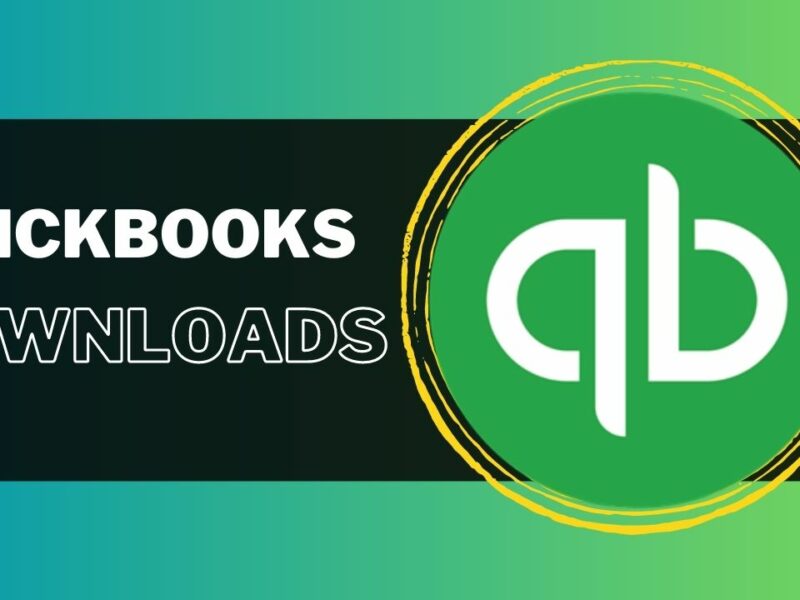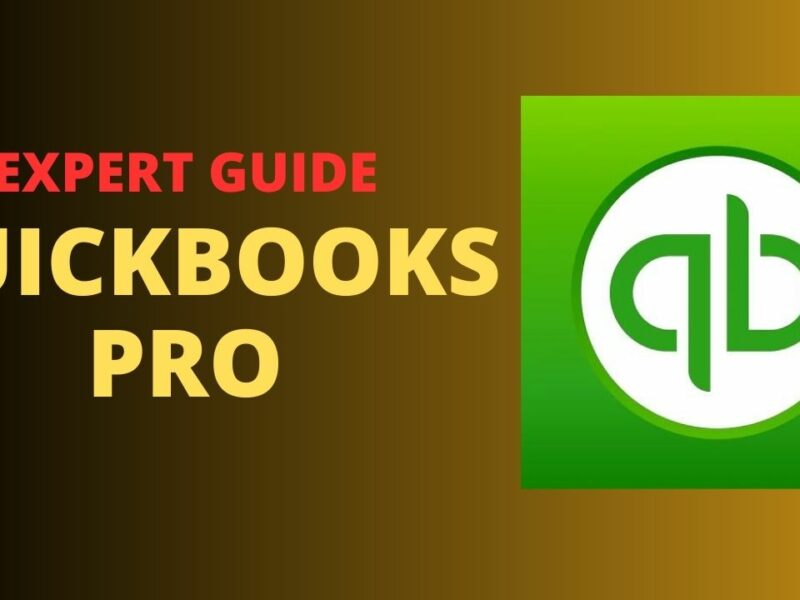Managing finances can be a daunting task, but it is essential to keep your business running smoothly. One crucial aspect of financial management is Bank Reconciliation QuickBooks, which ensures that your accounting records accurately reflect your bank account’s transactions. In this article, we will discuss the importance of bank reconciliation and how to reconcile your bank account in QuickBooks effectively.
What is Bank Reconciliation QuickBooks?
Bank Reconciliation QuickBooks is the process of comparing your financial records with your bank statements to ensure they match. This helps identify any discrepancies, errors, or fraudulent activity that may have occurred on your account. By regularly reconciling your bank statements, you can ensure that your account balances are accurate and quickly address any issues that arise.
Bank reconciliation QuickBooks is an essential aspect of financial management as it helps you monitor your cash flow, keep track of your financial transactions, and detect any potential cash flow problems. It also helps you stay on top of your finances and make informed decisions regarding your financial health. In short, bank reconciliation is a crucial step in managing your finances and ensuring that your financial records are accurate and up-to-date.
Why is Bank Reconciliation QuickBooks Important?
There are several reasons why bank reconciliation QuickBooks is important:
- Accuracy: Bank reconciliation helps ensure that your accounting records are accurate and up-to-date.
- Fraud detection: Bank reconciliation can help detect any fraudulent activity that may have occurred in your bank account.
- Cash flow management: Bank reconciliation can help you manage your QuickBooks cash flow by identifying any discrepancies between your accounting records and your bank statement.
How to Reconcile Your Bank Account in QuickBooks?
Bank reconciliation QuickBooks of your account is a straightforward process that can be done in a few simple steps.
Step 1: Gather Your Bank Statement
The first step in reconciling your bank account is to gather your bank statement for the period you want to reconcile. Ensure that you have the correct bank statement and that it covers the same period as your QuickBooks transactions.
Step 2: Compare Your Bank Statement to QuickBooks Transactions
The next step is to compare your bank statement with your QuickBooks transactions. You can do this by running a report in QuickBooks that shows all transactions for the period in question.
Step 3: Mark Transactions as Cleared
After comparing your bank statement with your QuickBooks transactions, you need to mark each transaction as cleared in QuickBooks. This means that you have verified that the transaction is accurate and has been processed by your bank.
Step 4: Reconcile Your Bank Account
Once you have marked all transactions as cleared, you can reconcile your bank account in QuickBooks. To do this, go to the “Banking” tab, select “Reconcile,” and follow the prompts to reconcile your account.
Tips for Successful Bank Reconciliation in QuickBooks
Here are some tips to help you reconcile your bank account successfully in QuickBooks:
- Keep accurate and up-to-date records in QuickBooks account.
- Reconcile your bank account regularly, preferably every month.
- Double-check your work to ensure accuracy.
- Use QuickBooks’ reconciliation reports to help identify discrepancies.
Common Mistakes to Avoid When Reconciling Your Bank Account
The mistakes to avoid when QuickBooks bank reconciliation are given below:
- Not reconciling your bank account regularly.
- Forgetting to include all transactions in your reconciliation.
- Failing to mark transactions as cleared in QuickBooks.
- Entering transactions incorrectly in QuickBooks.
Conclusion
In conclusion, bank reconciliation QuickBooks is an essential process that helps ensure the accuracy of your accounting records. QuickBooks makes bank reconciliation easy, and by following the steps outlined in this article, you can reconcile your bank account with ease. Remember to reconcile your bank account regularly, double-check your work, and use QuickBooks’ reconciliation reports to identify discrepancies.
Frequently Asked Questions (FAQs)
Q.1 How often should I reconcile my bank account in QuickBooks?
It is recommended that you reconcile your bank account in QuickBooks at least once a month. This ensures that your accounting records accurately reflect your bank account transactions and helps you detect any errors or discrepancies quickly.
Q.2 Can I reconcile multiple bank accounts in QuickBooks?
Yes, QuickBooks allows you to reconcile multiple bank accounts. To do this, go to the “Banking” tab and select “Reconcile,” then choose the bank account you want to reconcile.
Q.3 What is the difference between a cleared transaction and an uncleared transaction in QuickBooks?
A cleared transaction in QuickBooks is a transaction that has been verified and processed by your bank. An uncleared transaction is a transaction that has not yet been processed by your bank. When bank reconciliation in QuickBooks bank account, you should mark each cleared transaction as “cleared” to ensure that your accounting records are accurate.

